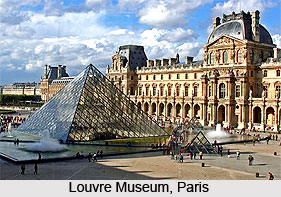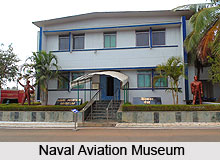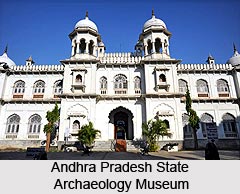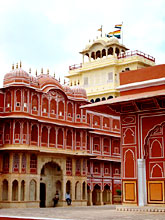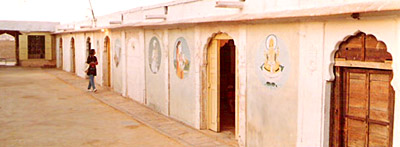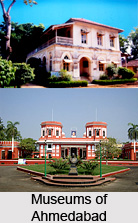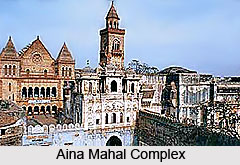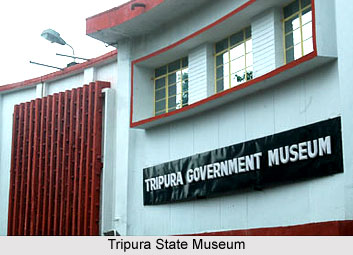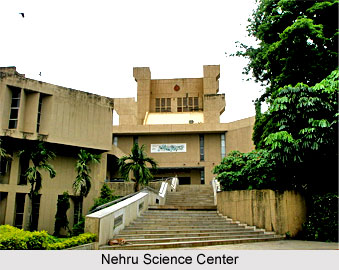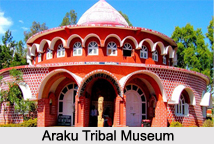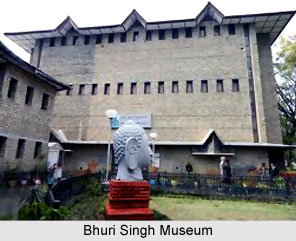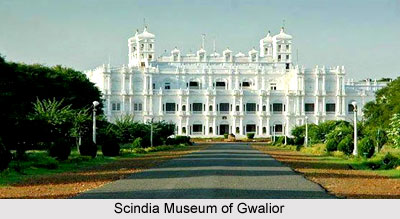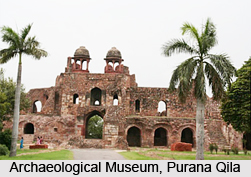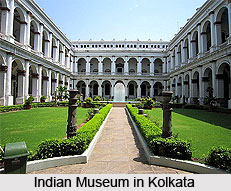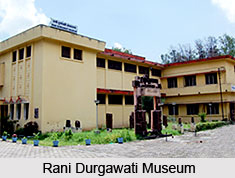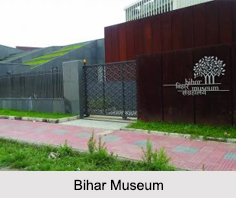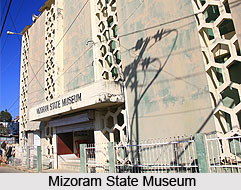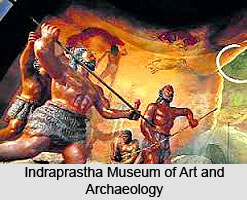 In 1997, the Indraprastha Museum of Art and Archaeology came into existence. The Indian Archaeological Society founded it in its own poly-storied building, bearing the address, B-17, Qutab Institutional Area, New Delhi-16.
In 1997, the Indraprastha Museum of Art and Archaeology came into existence. The Indian Archaeological Society founded it in its own poly-storied building, bearing the address, B-17, Qutab Institutional Area, New Delhi-16.
The antiquarian items , procured from excavation-programmes, conducted by the Society at various ancient spots such as Kamrej in Gujarat and Kampilya in Uttar Pradesh . There are also, antiquities, acquired by individuals and institutions. The Museum is even the repository of artifacts and crafts, shaped by the present-day artists.
There are above 5000 articles , preserved in the Indraprastha Museum of Art and Archaeology, New Delhi. They are classified into categories, according to their characteristics and age.
The first category involves fossils from the Narmada valley and the Sivaliks. Both mammalian and non-mammalian fauna , dated more than ½ million years from now, hailing from the Middle Pleistocene period, are available. Together with the fossils, there reside a massive repertory of Stone Age tools- the Palaeoliths, the Microliths, the Neoliths and tools of the Upper Palaeolithic period. These tools are not only of Indian origin, but of international character also. Many have been retrieved from sites situated in France, Spain, Poland, England, America, Ethiopia, Indonesia, Japan, and so on. The collection , owe its presence to the memorable donation of these rare items, by Dr. A.P. Khatri, a renowned Prehistorian of India . Dr. A.P.Khatri, has been engaged in such history-related and antiquity-search missions, held at many portions of the earth.
The resplendent diversity of potteries, pertaining to different periods of Indian History, also crowd in the Museum galleries. It commences from the Indus-Saraswati Civilization (3000 BC) through the Early Historic Period.
Numismatic collection, belonging to different eras, glorifies the Museum storehouse with its discrete charm. The accumulation begins from the Punch-Marked coin of the 4th century BC. There are coins of different periods starting from the Punch Marked coin of 4th century BC.
Modern contemporary paintings occupy a special place in the Museum. This entails a fascinating oil painting, done on canvas, and imported from USSR.
Aesthetic spirit receives a boost in the artistically magnificent objects of the Museum, such as the commodities of Decorative Art.
There are Persian manuscripts and documents, which team up with the other precious preserves of the Museum. To augment the interest of the antiquity-loving community, the Indraprastha Museum of Art and Archaeology, New Delhi, launched its latest publication of the first volume of its catalogue, called Art and Archaeology of India Stone Age to the Present . It furnishes the eager pursuer of antiquarian knowledge, with the right data.
The organized array of the antiquity, art and archaeology in the Indraprastha Museum of Art and Archaeology, New Delhi, is indeed praiseworthy.
